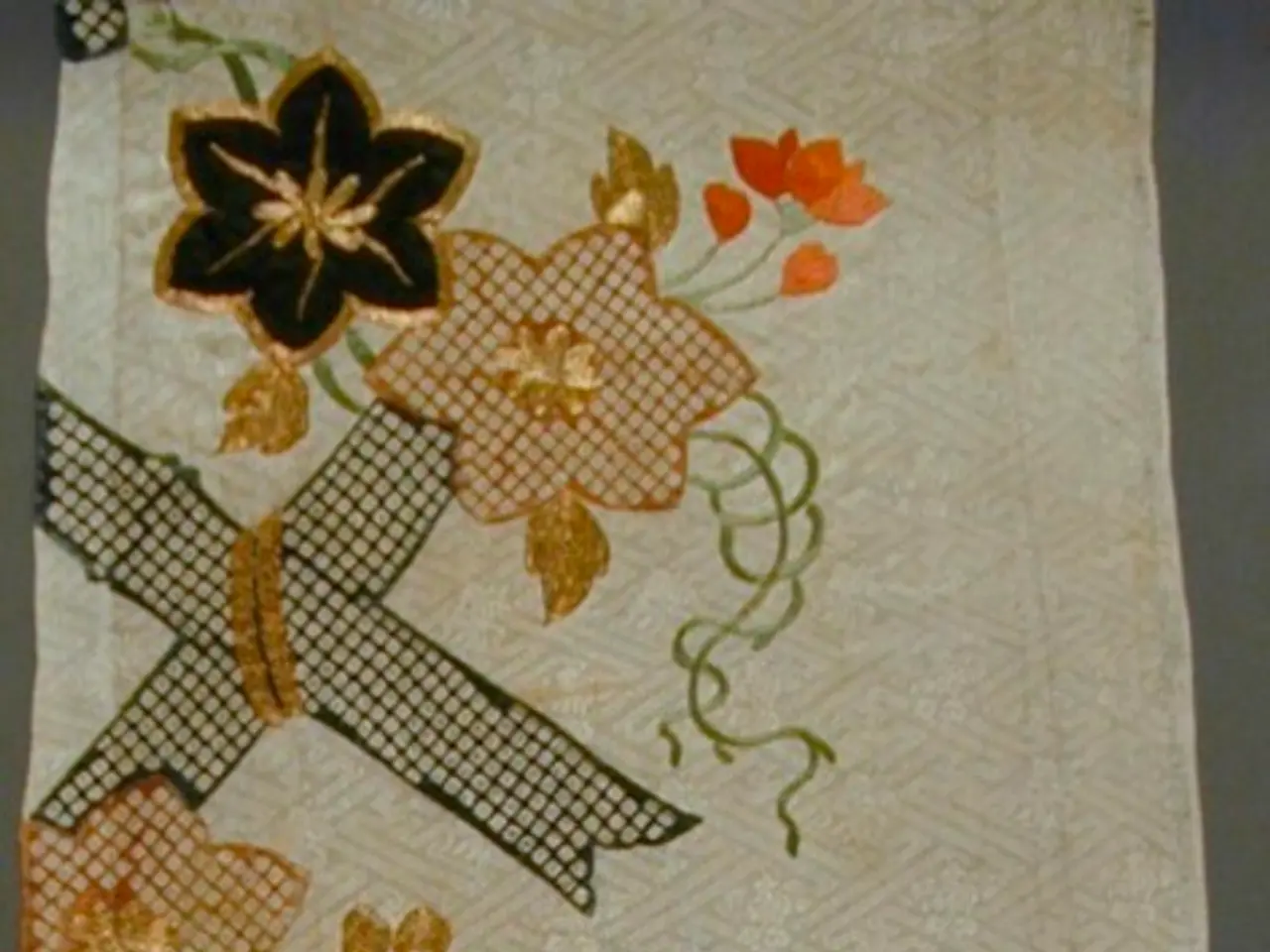Choosing Materials for Better Performance in Sportswear
When it comes to athletic wear, the choice of fabric plays a crucial role in determining comfort, performance, and longevity. Here's a breakdown of the key fabric types and their characteristics, based on expert insights, to help you make an informed decision.
Polyester Blends (including Eco-Green or recycled polyester)
These highly flexible and lightweight fabrics excel at moisture-wicking, pulling sweat away from the skin to the fabric surface for evaporation. Advanced polyester blends retain shape and offer durability after repeated use. Recycled polyester adds sustainability by reusing materials without sacrificing performance [1][2][3].
Nylon
Known for superior strength, resistance to abrasion, and inherent elasticity, nylon fabrics stretch well and return to their shape, making them ideal for activewear needing durability and flexibility. Nylon is moisture-wicking and breathable though heavier than polyester, and its hydrophobic nature aids moisture resistance. It remains resilient after extensive wear [3][4].
Spandex (Elastane)
While less durable alone, spandex is often blended with polyester or nylon to add critical stretch and flexibility, allowing unrestricted movements in activities requiring dynamic motion [2][3].
Natural and Sustainable Fabrics
Organic Cotton
Providing softness, breathability, and hypoallergenic comfort, organic cotton is grown without pesticides for sustainability. Though less durable than synthetics, it offers a good balance for those seeking eco-friendly choices [2][5].
Bamboo Fiber
Naturally antibacterial, breathable, moisture-absorbing, and eco-friendly, bamboo is another sustainable option. However, it is usually blended with synthetics for performance [2][5].
Merino Wool
Though less common in standard activewear, merino wool offers natural temperature regulation plus breathability and moisture management, valuable for both warm and cold conditions in sustainable athletic wear [5].
Key considerations
- For high flexibility and moisture management, choose polyester or nylon blended with spandex.
- For breathability and natural comfort, natural fibers like organic cotton or bamboo are preferred but often blended for durability.
- Durability is highest in nylon and polyester; natural fabrics need blends to improve lifespan in activewear.
- Opt for recycled or organic versions of these fibers to balance performance with sustainability.
By combining these fabric properties thoughtfully (e.g., recycled polyester + spandex for stretch and eco-friendliness), you can achieve athletic wear that excels in all desired areas: flexibility, breathability, moisture-wicking, durability, and sustainability [1][2][3][4][5].
Additional Considerations
- Polyester is a lightweight, wrinkle-free, and durable fabric often treated with a moisture-wicking finish.
- Fabric choice in athletic wear significantly impacts breathability, moisture-wicking, and durability.
- Breathable fabrics help keep athletes comfortable and cool by allowing sweat to evaporate faster, preventing chaffing and discomfort.
- Durable athletic fabrics should be able to withstand repeated washing and use without becoming worn out or stretching out of shape.
- Look for sustainable fabrics like organic cotton, recycled polyester, wool (like Arms of Andes or Icebreaker), TENCEL™, hemp, and bamboo to avoid harmful substances.
- Merino wool is a natural and environmentally sustainable fabric option for athletic wear, known for being lightweight, thermally regulating, sweat-wicking, and odor-resistant.
- Spandex is a fabric option for athletic wear that can stretch up to eight times its normal size and provides a breathable feel during strenuous movements.
- Workout clothes should support a full range of movement without restricting it, especially during intense workouts.
In the realm of fashion-and-beauty and home-and-garden, materials such as organic cotton, bamboo, and Merino wool are preferred for their natural, breathable, and hypoallergenic properties. Similarly, in sports, these materials offer an eco-friendly choice, though they may require blending for improved durability. On the other hand, technological advancements have led to the development of synthetic fabrics like polyester and nylon that excel in durability, moisture-wicking, and flexibility, making them ideal for sports and fashion-and-beauty apparel [1][2][3][4][5].




